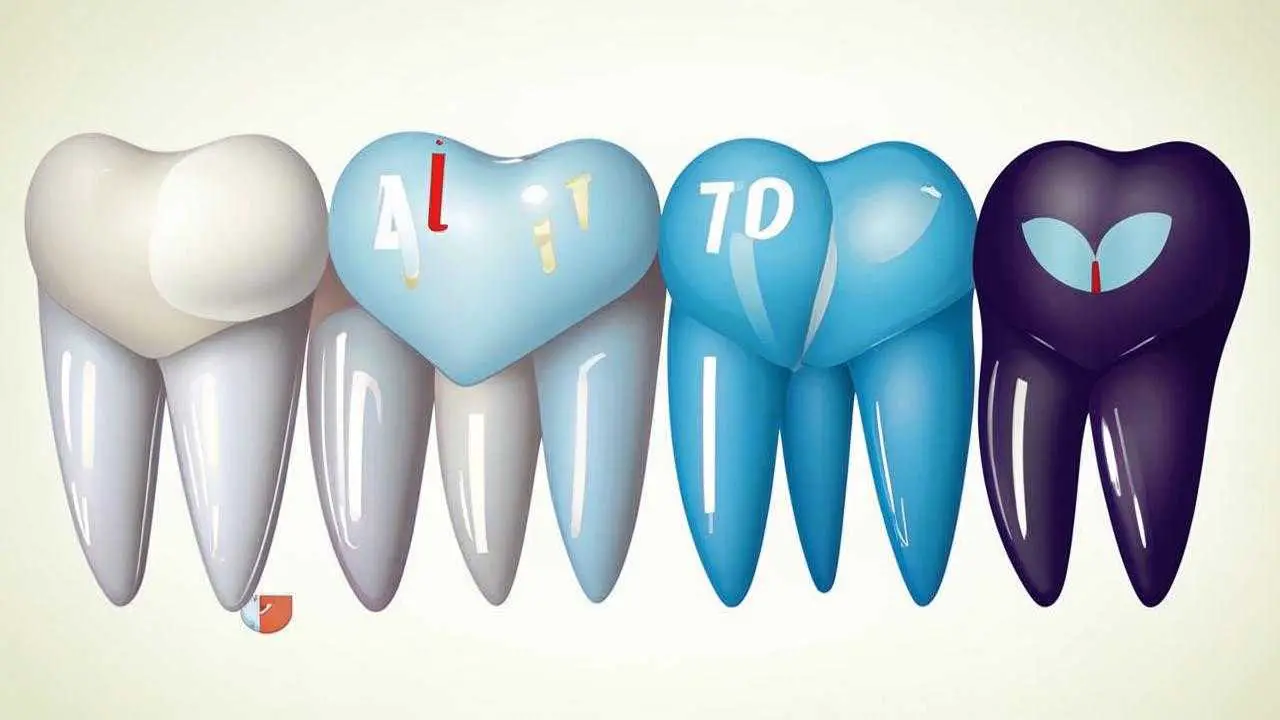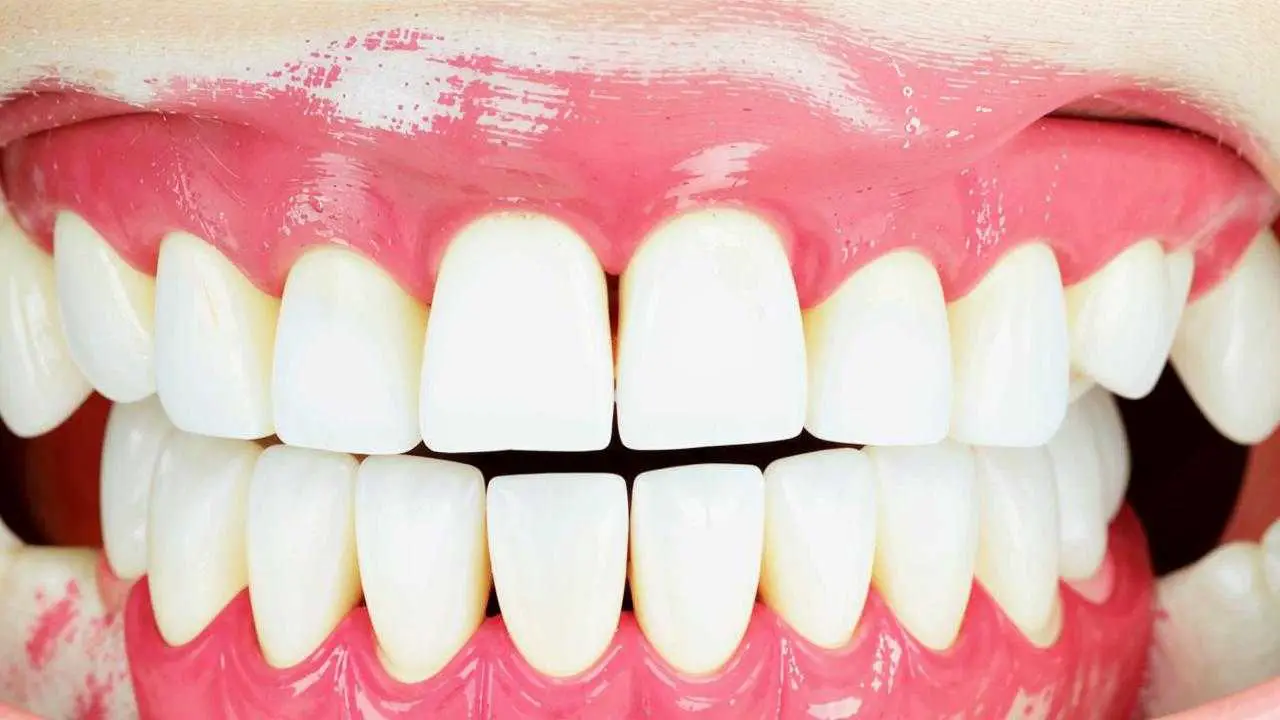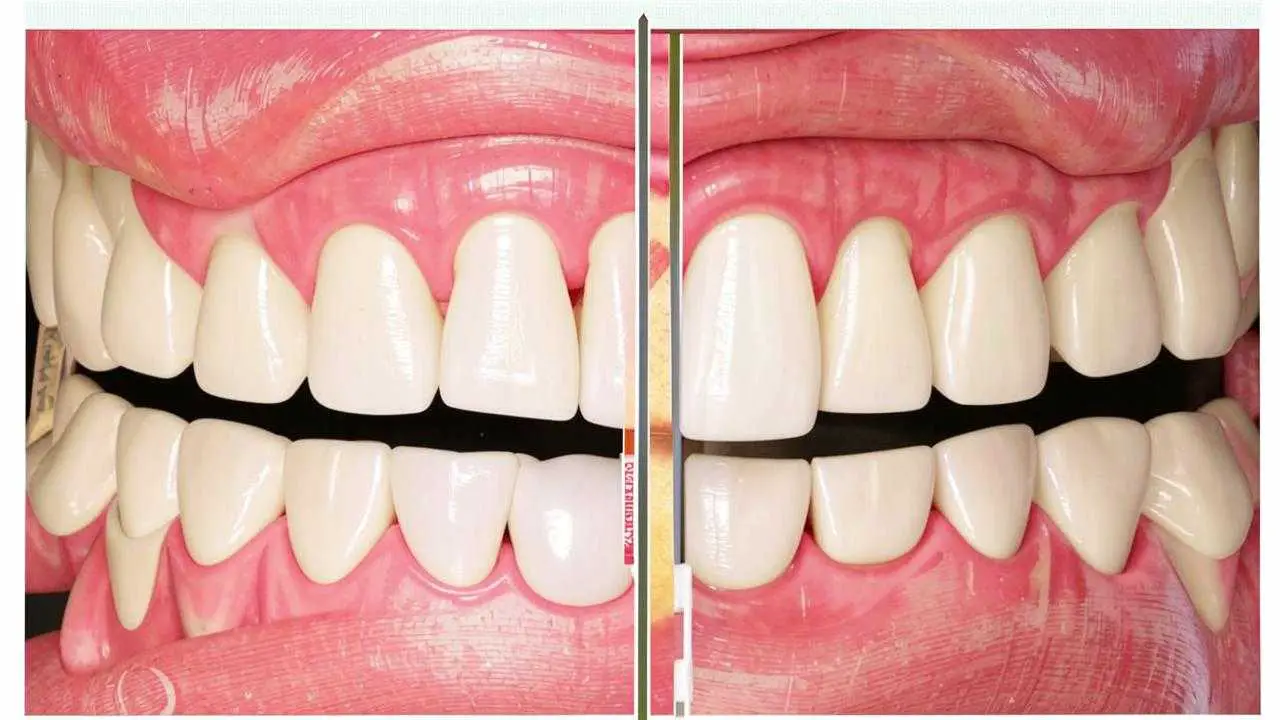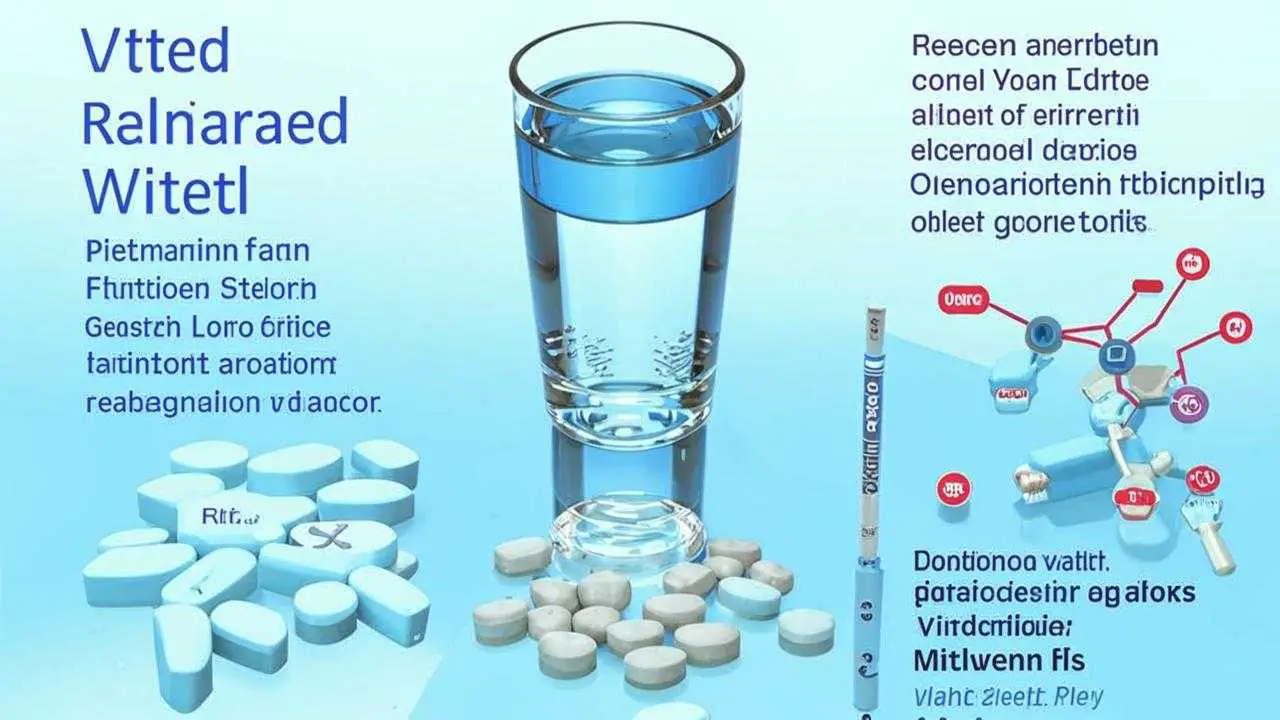A snow-white smile is the dream of many people, but there are times when the whiteness of teeth is not pleasing, but upsetting. This happens when white spots appear on the teeth. The appearance of chalky spots indicates a deficiency of minerals in the surface layer of the tooth (demineralization). Tooth enamel does not regenerate like nails or hair, so its loss can have serious consequences. Gradually, the tooth surface loses its matte shine in the area of the stain and becomes rough. This leads to the rapid growth of colonies of bacteria, which soften the enamel and provoke inflammatory diseases.
Causes of white spots on teeth
Mottled enamel is characteristic of milk and permanent teeth, occurs in children and adults. Provoke demineralization can environmental conditions, improper nutrition and poor oral hygiene. White spots appear at:
- Hypoplasia of teeth – inhomogeneous thinning of enamel, as a result of improper formation of hard tissues.
A distinction is made between systemic, when all teeth or a group of teeth are affected, and local, when the disease affects one tooth. Causes systemic hypoplasia of deciduous teeth improper nutrition or disease in the first days of life. It is more common in premature babies and those who were artificially fed. Local hypoplasia is caused by trauma or infection in the tooth bud. In hypoplasia, diffuse spots form first, which turn into grooves. They spoil the appearance and make the smile unattractive. The teeth in this disorder are characterized by hypersensitivity.
- Fluorosis is a systemic disease caused by elevated fluoride levels.
Fluorosis is found in areas where people consume water with high fluoride content. Children develop white spots on their teeth that darken over time, with no loss of tooth function, and they are even more resistant to decay than healthy teeth. The problem of fluorosis is more aesthetic than dental, but excess fluoride has a bad effect on internal organs, causing general diseases.
The most common dental disease starts with a white spot stage. It is difficult to notice, it does not hurt. Most often, tooth decay is detected in the late stages. That’s why you need to visit the dentist regularly. During a preventive examination, the doctor may suspect an infection. To confirm the diagnosis, the method of vital staining is used. The affected areas change color. The main difference between the carious spot is its location. Most often it can be found near the gum, and in other pathologies, chalky spots are more concentrated near the top of the tooth.
Braces are a method of bite correction that is mainly used in adolescents. This orthodontic treatment often causes oral hygiene problems and eating difficulties. It is easier for a teenager to refuse some foods than to thoroughly clean the arches from their pieces. Yes, and the complex ritual of brushing teeth with braces is not always observed. As a result, the tissues lack minerals or bacterial growth occurs as a result of poor hygiene. After braces, mottled enamel is not uncommon.
- Violation of whitening techniques
Speckles on the enamel can appear as a result of improper use of whitening products. The danger of white spots is higher when using home whitening strips, it is there that the composition is most often overdrawn.
Treatment of white spots on teeth
The treatment plan directly depends on the causes of white marks on the enamel. If a white spot appears on the tooth after whitening, remineralization is carried out. Saturation of hard tissues with minerals – the basis of treatment measures for white spots on the enamel.
The composition of the means used by the doctor also depends on the diagnosis and symptoms.
With caries at the stage of light spot, treatment consists of:
- remineralizing therapy;
- fluoridation;
- infiltration (Icon technology).
In the vast majority of cases, no filling is required at the initial stage.
With mineralization begin the treatment of fluorosis and hypoplasia. But it should be understood that these are systemic diseases that affect the teeth at the stage of development. It is impossible to get rid of this pathology, treatment is symptomatic. Teeth whitening brings only a temporary and not very pronounced effect. If the white dots have begun to change color, the best way out is prosthetics. Veneers (thin onlays) are placed on the front teeth, and crowns are placed on the molars. Veneers are only placed on permanent teeth.
Plaque removal is a prerequisite for successful treatment.
Removing white spots on teeth at home
The appearance of a stain on a tooth is a reason for many to look for a solution on the Internet. The methods offered by internet healers are harmless at best, but more often than not, dangerous. In the initial stages, it is difficult to tell what is causing the white streaks on the teeth. Therefore, the advice to use fluoride toothpaste will only make the fluorosis condition worse. Gargling with herbs results in wasted time. In case of tooth decay, it can end up with serious inflammation in the oral cavity. Treatment of enamel with acids and alkalis can destroy it.
Pharmacy remedies are the safest, but without an accurate diagnosis, they too can cause harm.
Remove white spots on the teeth can only be removed by a doctor, and that is not always. In systemic diseases, they can only be hidden.
Prevention
Mineralizing enamel before procedures such as whitening and braces reduces the risk of white spots.
To prevent hypoplasia, the health of the expectant mother, proper feeding of the child, regular dental checkups and treatment of baby teeth are important.
To prevent fluorosis, change water sources and use defluoridation. It is recommended to take children from areas with high fluoride content to other places for vacations. Calcium and vitamin courses are also used as preventive measures.
Simple but effective measures are recommended to prevent tooth decay:
- brush your teeth for at least 2 minutes;
- floss to clean between the teeth;
- use mouthwash;
- get regular professional dental cleanings.
Treatment of diseases manifested in white spots on the teeth is long and not always successful. Prevention is much more effective and does not require much effort.



